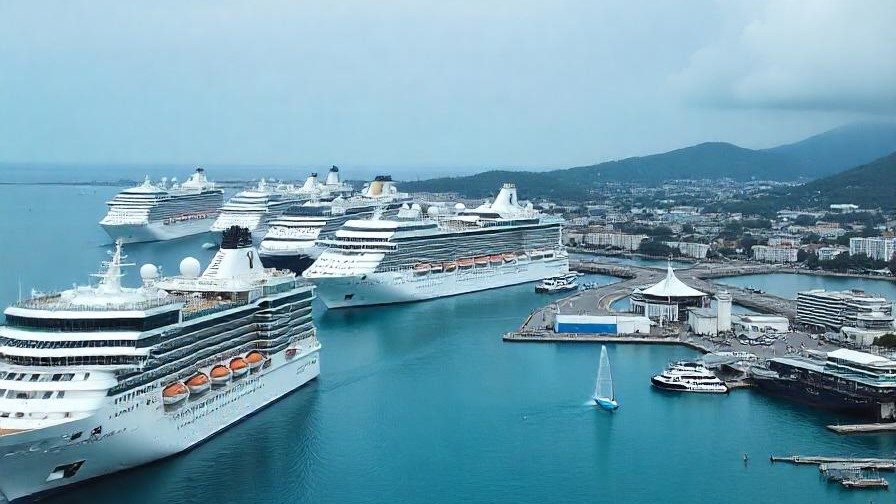The European cruise industry is at a crossroads as new restrictions on cruise ships take effect across various ports in 2025. With increasing concerns over environmental impact, overtourism, and port congestion, regulatory changes are reshaping itineraries, affecting cruise lines, and challenging industry stakeholders to adapt. As global cruise ship management experts, at COLUMBIA cruise services we share these insights about the evolving landscape of European ports.
Stricter environmental regulations
Several European nations are enforcing tighter environmental standards, including stricter emissions controls and requirements for shore power connectivity. Venice, Barcelona, and Amsterdam are amongst the leading cities imposing new limits on heavy fuel use, carbon emissions, and waste management. For example, in Venice large cruise ships have already been restricted from entering the historic city centre and authorities are tightening regulations on alternative docking locations. Barcelona is requiring ships to use shore power at designated berths to reduce air pollution. Amsterdam has increased taxation on cruise passengers and announced plans to limit ship arrivals to control emissions. New sustainability measures also mean that high-emission ships will be unable to enter certain UNESCO-protected areas such as Norway’s fjords.
For cruise lines, compliance means investing in cleaner fuels, retrofitting ships for shore power, and optimising itineraries to meet sustainability goals.
Overtourism and capacity limits
Many European destinations are implementing visitor caps to combat overtourism, a growing concern amongst local communities. Popular cruise hubs such as Dubrovnik, Santorini, and Mykonos are imposing stricter daily passenger limits and docking schedules to prevent overcrowding. Dubrovnik has introduced a maximum number of cruise visitors per day, affecting peak season itineraries. Authorities in Santorini are further reducing the number of cruise calls allowed, prioritising smaller vessels.
These restrictions compel cruise lines to rethink their scheduling strategies and develop alternative destinations that can accommodate demand.
Operational and financial implications
For cruise operators, the new port restrictions mean significant operational adjustments and financial investment. Compliance costs for new environmental technology, increased port fees, and limited berthing options may impact profitability. Additionally, itinerary changes may affect passenger satisfaction and demand for certain voyages.
To stay competitive, cruise lines must invest in green technologies such as LNG-powered vessels and hybrid propulsion systems; strengthen relationships with port authorities to secure priority access; and explore emerging destinations and lesser-known European ports to diversify itineraries.
The future of cruising in Europe
While these restrictions pose challenges, they also present opportunities for the industry to innovate and align with evolving traveller expectations. Cruise lines that proactively embrace sustainability initiatives and strategic itinerary planning will be better positioned for long-term success in the European market. The industry must work closely with regulatory bodies, local communities, and technology providers to ensure a balanced approach that benefits all stakeholders.
At COLUMBIA cruise services we lead the way in adaptability and forward-thinking solutions. Based on years of experience in developing ways to implement environmental and sustainable practices, CCS is a valuable partner in helping cruise lines thrive in this changing regulatory environment.




